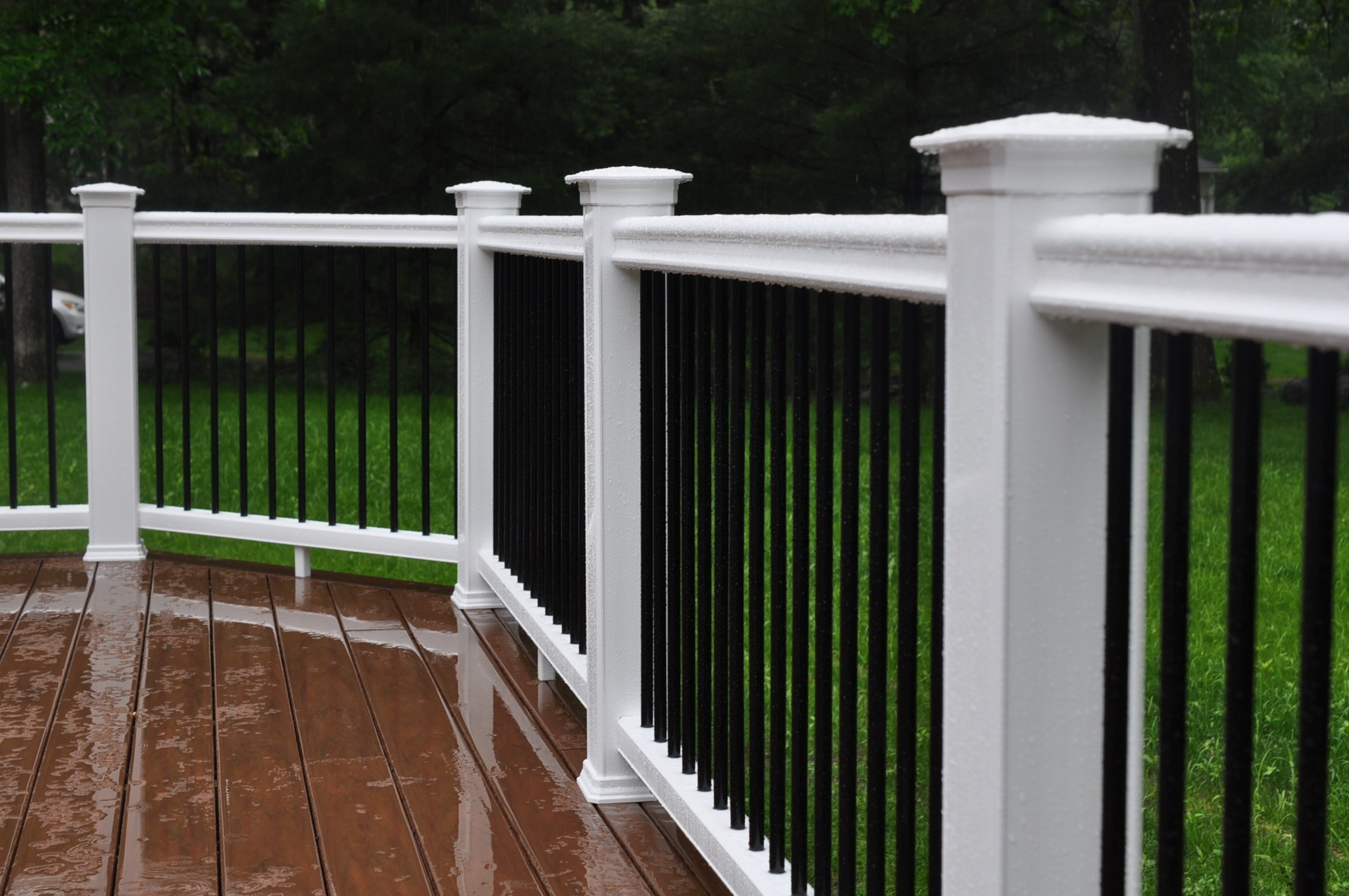

While building codes for headroom are primarily intended to ensure enough room for people to comfortably use the stairs, the codes typically require far more room than the average height of a person to allow for moving larger objects such as furniture.īuilding codes generally suggest at least 6 ft. Headroom: Headroom is the height measured from the top of a tread to the ceiling above it. The main purpose of nosing is to improve safety by providing extra space on which a person can place their feet.Ĭommon building codes generally suggest that the nosing has a minimum length of 0.75 inches (1.9 cm) and a maximum length of 1.25 inches (3.2 cm). Not all steps have a nosing, but when present, the nosing is included in the length of the tread. Nosing: The nosing is the protrusion at the edge of a tread that hangs over the riser below. The number of risers, not the number of treads, is used to determine the number of steps that comprise a staircase.īuilding codes generally suggest that the maximum height of a riser be 7.75 inches (19.7 cm) It is not the physical height of the riser because this excludes the thickness of the tread. Rise/Riser: The rise, or height of a step is measured from the top of one tread to the top of the next tread. Also, when nosing is present, the total run is not simply the sum of tread length, since the overhang caused by the nosing must be subtracted from the total run.īuilding codes generally suggest that the thread has a minimum length of 10 inches (25.4 cm). When measuring the total run of a staircase, the length of the tread above the last riser is not included in the measurement. Both nosing and riser are discussed below.

Its length is measured from the outer edge of the step, which includes the nosing if it is present, to the vertical portion of the stair called the riser. Run/Tread: The run or tread is the part of the stairway that a person steps on.

Building codes or requirements can differ at a local level, and a person building a staircase should refer to the codes specific to their locations. Below is a list of some of the most common terminology regarding stairs, as well as some commonly used building codes. These range from the length, width, and height of specific parts of the stairs, to where doors are placed in relation to stairs the arc of a door must be completely on the landing or floor and not be allowed to swing over steps. Stairs come in many different forms, and while building a basic staircase may appear to be a simple task, there are actually a number of parameters, calculations, and building codes that must be considered. Stair terminology and common building codes


 0 kommentar(er)
0 kommentar(er)
